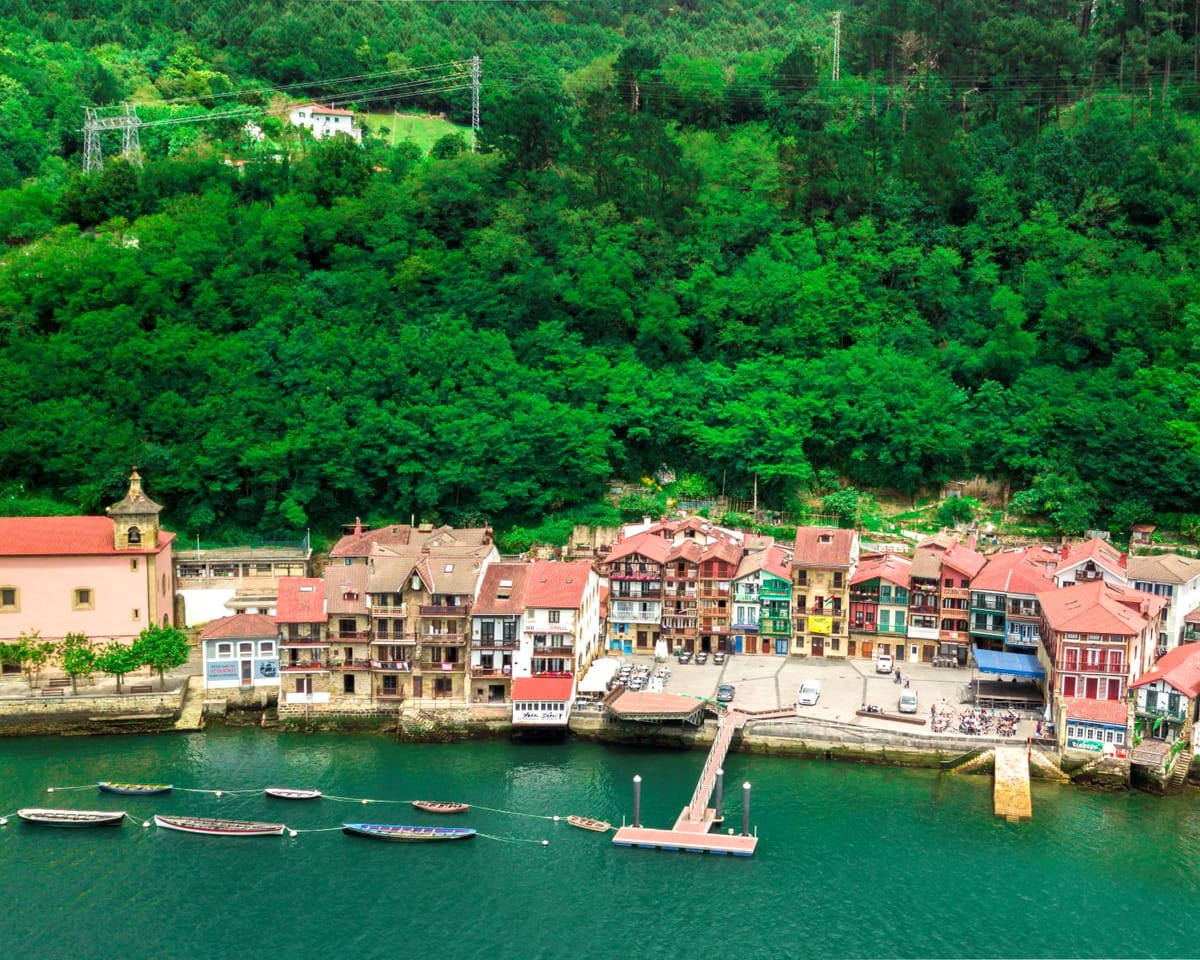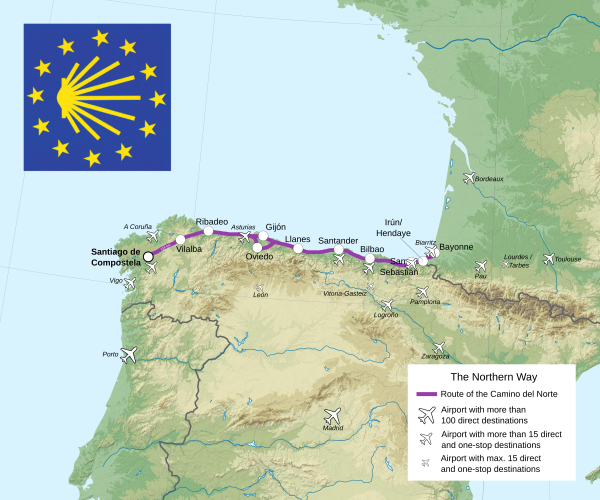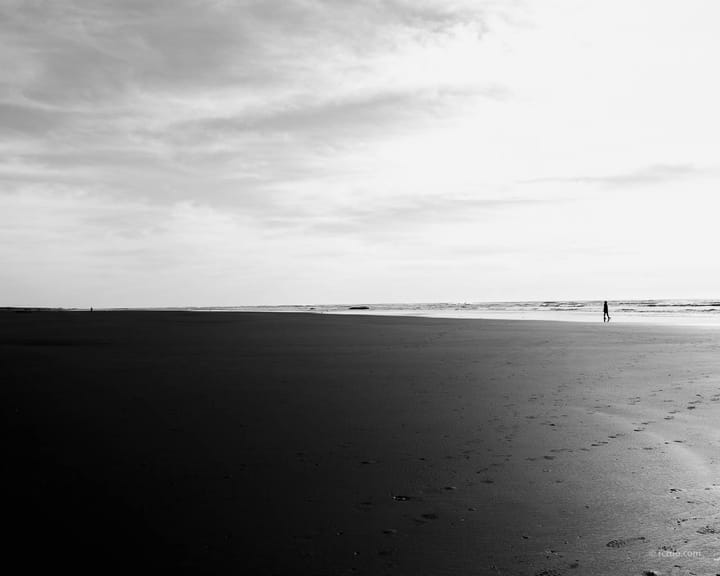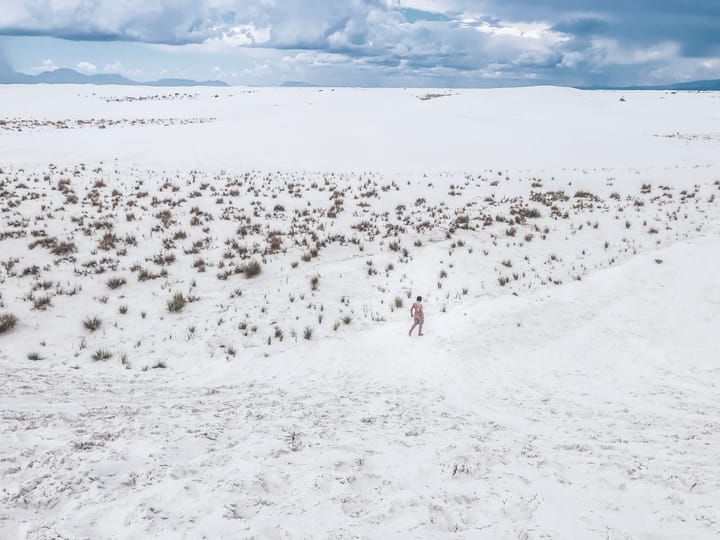Why Growth Lives Outside Your Comfort Zone
Growth rarely happens in comfort. From personal moves to walking El Camino de Santiago, this reflection explores how discomfort shapes resilience, strength, and memorable experiences, and why seeking it intentionally can transform our lives.

Comfort is nice and it’s not something we naturally want to avoid. However, while comfort can be pleasant, it may also prevent us from growing and reaching our full potential. This is especially true when we’ve reached a point in life where comfort surrounds us. It’s at that moment we need to consciously do things that feel uncomfortable.
Do you know how lobsters grow? They are soft and vulnerable creatures, but their hard shells keep them safe. As they grow, that same shell becomes restrictive and uncomfortable because it doesn’t expand with them. Their solution? They hide from predators, shed the shell, and grow a new, larger one. Lobsters repeat this process many times. In that sense, discomfort is what drives their growth. We, too, can grow when we step away from comfort and lean into the discomfort of challenging experiences.
I enjoy doing nothing from time to time, giving myself space to reflect and think. However, as someone who has moved across countries, states, and cities multiple times, I can confidently say that placing myself and my family in uncomfortable situations has helped us all grow and become more resilient. History shows that early humans moved constantly to find shelter, food, and safety. It wasn’t easy or comfortable, but that nomadic lifestyle was key to their survival and development.
Today, our lives are filled with comforts, climate-controlled homes, cozy furniture, running water, food at our fingertips, and endless sources of entertainment. I’m not saying we should abandon modern life and become hunter-gatherers, but we can intentionally sacrifice some of our comforts to help our minds and bodies grow stronger.
For instance, going to the gym several times a week is one way to push back against the ease of modern life. Going for walks regardless of the weather is another. Taking on a job that seems daunting might also be a path forward. You see where I’m going with this. By welcoming discomfort into our otherwise comfortable lives, we create opportunities to grow and become more resilient.
I love to travel to discover new places, revisit old favorites, and explore local food. I’ve had many types of travel experiences, some very comfortable and others not so much. One of the most memorable trips I’ve taken was with my family when our kids were still very young—one of them still in a stroller. We traveled to Paris and stayed in a small apartment near the city center. But beyond that, we didn’t book any other accommodations or make solid plans. We let the trip unfold on its own and allowed ourselves to be surprised by Paris and the other European cities we visited.
It was challenging. I remember spending hours walking the narrow streets of Venice, searching for a place to stay. We didn’t speak the language, and my English wasn’t nearly as strong as it is now. It was uncomfortable, uncertain, and unforgettable. We’ve taken many trips since then, but that one stands out because of the unpredictability and the sense of adventure. Not knowing where we would sleep or what we would see each day made the experience richer and more memorable.
In the summer of 2019, I decided to walk the northern route of El Camino de Santiago, inspired by my wife who had walked the Camino Francés the year before. Hearing her describe the experience was mesmerizing, and I wanted to try it myself. I flew to Biarritz, France, and began the journey in Irun, Spain. The route is 825 kilometers long, and I walked the entire way. It took me about four weeks. Along the way, I dealt with injuries, intense homesickness, and long stretches of solitude. Many times, I was tempted to quit, take a bus or train to the nearest city, and fly home.

It was the most uncomfortable I’ve been as an adult, physically, mentally, and emotionally. Nothing compares, except perhaps the experience of migrating from Mexico to the United States at age 21. I remember finally reaching Santiago de Compostela and walking toward the cathedral, the symbolic endpoint of the Camino. I called my wife, and before I could get many words out, I began to cry uncontrollably. I was overwhelmed with emotion and gratitude. Even now, writing about it brings that feeling back.
Those four weeks on the Camino were a test of endurance. I walked several miles each day, in heat and cold, often hungry. At night, I stayed in small towns and slept in albergues (pilgrim hostels). I hoped each night for a clean, comfortable bed and maybe a decent meal. Most places were clean, but comfort was a luxury. I often had to search the town for food, usually a bar serving Spanish tortilla or bocadillos. On good days, especially in larger towns, I got to enjoy pulpo a la gallega. Those moments felt special.
So why is it that the most uncomfortable experiences often become our most memorable and meaningful ones? And why is it so easy to ignore the value of discomfort and instead settle into the ease of comfort? I’m deeply grateful to be in a position where I can choose discomfort as a means of growth. I know that many people don’t have the luxury of comfort; for them, discomfort is just life. But for those of us who live mostly comfortable lives, seeking out discomfort can be a path to personal growth, improved mental health, and physical strength.
This is my current journey: to find ways to make myself uncomfortable, so I can keep growing and thriving. I don’t want to get too comfortable and miss out on life.
Have a great weekend!




Comments ()